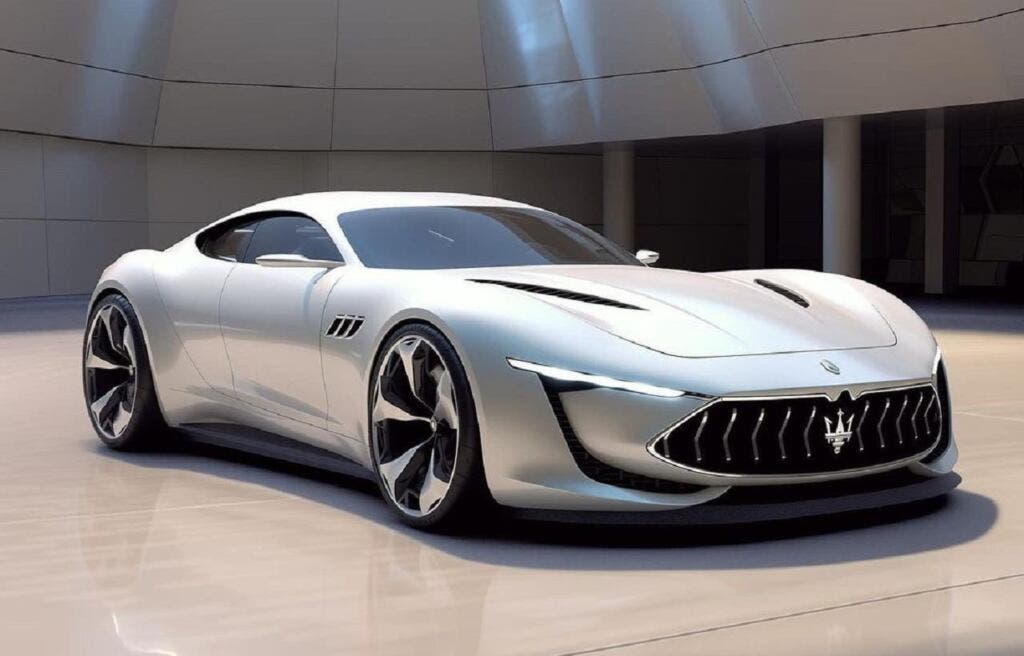Maserati has yet to define its long-term roadmap with full clarity, although some key points have already been confirmed. What is certain, for instance, is that the brand will continue to use internal-combustion engines and the Giorgio platform at least until 2032. What remains uncertain is the shape of the future lineup: how many models will actually arrive? And, above all, will there be room for new generations of the Quattroporte and Levante?
New Maserati Quattroporte and Levante: two returns that could revive the Trident

These are two names that have circulated for years, often reported as confirmed, only to be suddenly questioned again as Maserati’s sales declined and strategic priorities shifted. According to the latest rumours, both models may indeed receive successors, although they might not retain their current names. The new Levante, in particular, is expected to be built in Cassino on the STLA Large platform, alongside the next Alfa Romeo Giulia and Stelvio. The fate of the Quattroporte, however, remains far more uncertain and is one of the key issues Maserati will need to clarify over the coming year.
What does seem certain is that the brand will need a substantial renewal to regain competitiveness in a luxury segment increasingly dominated by aggressive, tech-driven rivals.
Maserati’s strategy appears to be shifting toward a “return to origins”: fewer models, but with higher individual value. The goal is no longer to chase high production volumes, but to strengthen the brand’s aura of exclusivity, increasing the profitability of each vehicle.

If the Quattroporte and Levante truly return, they will do so with this philosophy in mind. They will be high-end models, more refined, more expensive, and aimed at a smaller audience willing to pay a premium for something that stands apart from mainstream luxury.
The year 2026 will be crucial in defining Stellantis’ final decisions and determining the role Maserati will play in the global premium landscape throughout the next decade.

